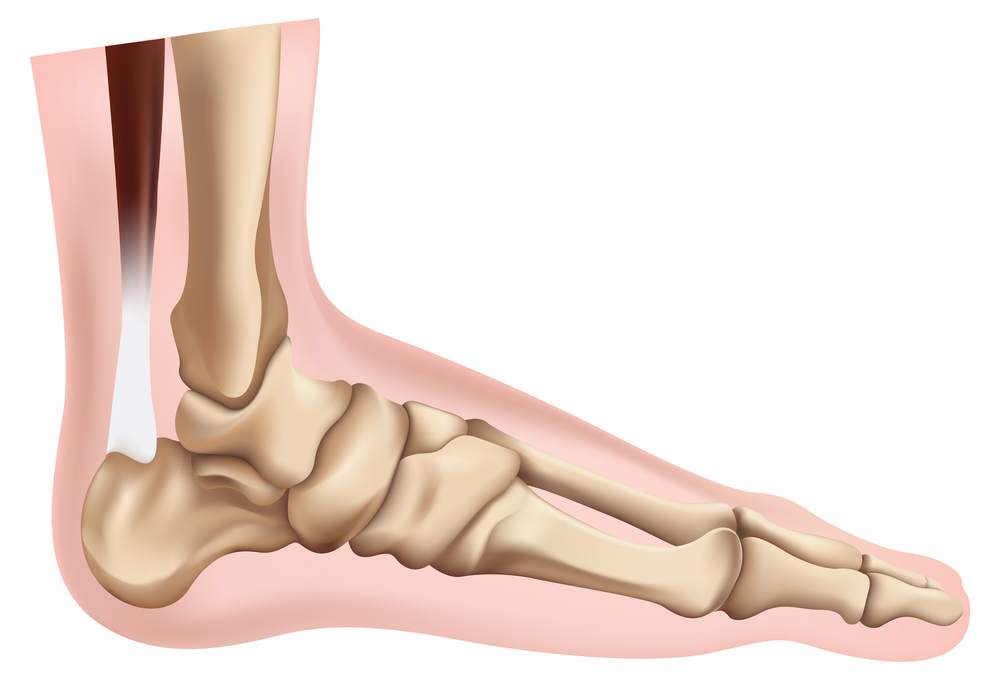How Can You Treat Neuroma in the Feet?
How Can I Improve My Condition Now?
For immediate symptom relief, you can ice or soak your feet. Additionally, if you wear pointy high heels, you can start wearing a supportive shoe with a low heel and plenty of space in the toe box.
Is There a Permanent Solution?
Yes, there is a permanent solution to this painful condition. Depending on several factors, including your overall health, the severity of your condition, and the efficacy of alternative treatment methods, a corrective procedure may be advisable.
What Procedure Can Benefit Me?
There are a couple of procedures that may reverse your condition and provide you with permanent relief. Depending on the severity of your condition, you may benefit from the removal of the excess nerve growth. To determine whether this procedure will benefit you when other treatment methods have failed, we may recommend an MRI. MRIs use a strong magnetic field and radio waves to provide detailed images of soft tissues.
The images that result from an MRI exam can tell us whether there is enough excess nerve tissue growth that this procedure will be ideal for you. If there isn’t a lot of excess nerve tissue growth, but your feet are under a great deal of pressure, you may benefit from decompression. We can sever the ligament that binds some of the front foot bones.
Can These Nerve Tumors Ever Be Malignant?
No, these nerve tumors can never be malignant. While they are called nerve tumors, they will always be “benign” because they are not really tumors. Rather, they are caused by a thickening of the nerve tissue.
Do I Need to See a Doctor?
You should see a podiatrist if you experience foot pain that lasts more than a few days. If you have tried changing your gait and avoiding certain activities, such as rock climbing or running, but you still can’t ease your foot pain, it is highly advisable to visit a foot expert for an accurate diagnosis and effective treatment.
How Can a Foot Specialist Diagnose This Condition?
There are a number of diagnostic tools that may be used to diagnose this condition. For example, we may be able to diagnose your condition with nothing more than a physical assessment of the foot or feet. However, the excess nerve tissue growth is rarely so severe that it is visible to the naked eye. It is much more likely that we will recommend other diagnostic tests, such as a bone scan, X-ray, MRI, CT scan, or another imaging test.
We will also ask you several questions to help us diagnose whether you have nerve tumors. For example, we need to know what symptoms you are experiencing and how quickly they developed.
What Are the Risk Factors Associated With This Treatment?
There are numerous factors that may lead to the development of this condition. One of the most common risk factors associated with the development of this condition is heredity. Another notable risk factor is a traumatic injury to the foot. A biomechanical imbalance may also cause this condition.
However, there are risk factors associated with this condition that you can mitigate. For example, you can develop this condition if you wear high heels, shoes that provide little support for your feet, or shoes that do not fit your feet. To mitigate this risk, avoid wearing high heels whenever possible. Specifically, you should never wear shoes with heels over two inches high.
Can Physical Activities Increase My Risk of Developing This Condition?
Yes, there are certain physical activities that can increase your risk of developing nerve tumors. As noted above, nerve tumors can be caused by traumatic injury to the foot. In some cases, traumatic injury occurs due to certain physical activities, like rock climbing and running. However, jogging can be just as damaging to the feet as running because it places just as much extra pressure on the foot bones, tendons, and joints as running does.
Snow skiing, like rock climbing, will significantly increase your risk of developing this condition due to how tight the shoes are. Although you may not think snow skiing would put too much pressure on the toes, the pressure exerted onto your toes due to the extremely tight shoes is more than enough to cause the development of extra nerve tissue between the balls of your feet and your toes.
What Biomechanical Imbalances Can Cause This Condition?
There are several biomechanical imbalances that can lead to the development of nerve tumors. For example, your risk of developing this condition is elevated if you have:
- Flatfeet
- High arches
- Bunions
- Hammertoes
What Other Prevention Steps Can I Take?
Another step you can take to prevent the development of a benign nerve tumor is to never wear shoes that do not fit your feet. You may not see the harm in wearing a cute shoe that is too small, but if you wear shoes that are too small too often, it is possible to grow extra nerve tissue that becomes extremely painful whenever pressure is applied to your foot.
If you have to take your shoes off and massage or ice your feet when wearing your shoes, there is a good chance the shoes are too small for you. It is also advisable to go to a shoe store and purchase an orthotic insole until you can see a podiatrist to prescribe you the perfect insole for your unique foot needs.
If you believe you have neuroma affecting one or both feet, you need to visit a foot specialist. This painful condition can be diagnosed by taking an X-ray of the foot. It can be treated by padding and taping the affected foot and wearing prescription, custom functional orthotics. However, the only way to enjoy permanent relief is to receive a corrective procedure.
To learn more about this condition, including the best treatment method for you, contact us today at Island Foot Clinics to schedule your initial consultation. We are proud to offer conveniently located offices in such cities as Campbell River, Prince George, Kelowna, Nanaimo, Victoria, Terrace, and Williams Lake, BC.

